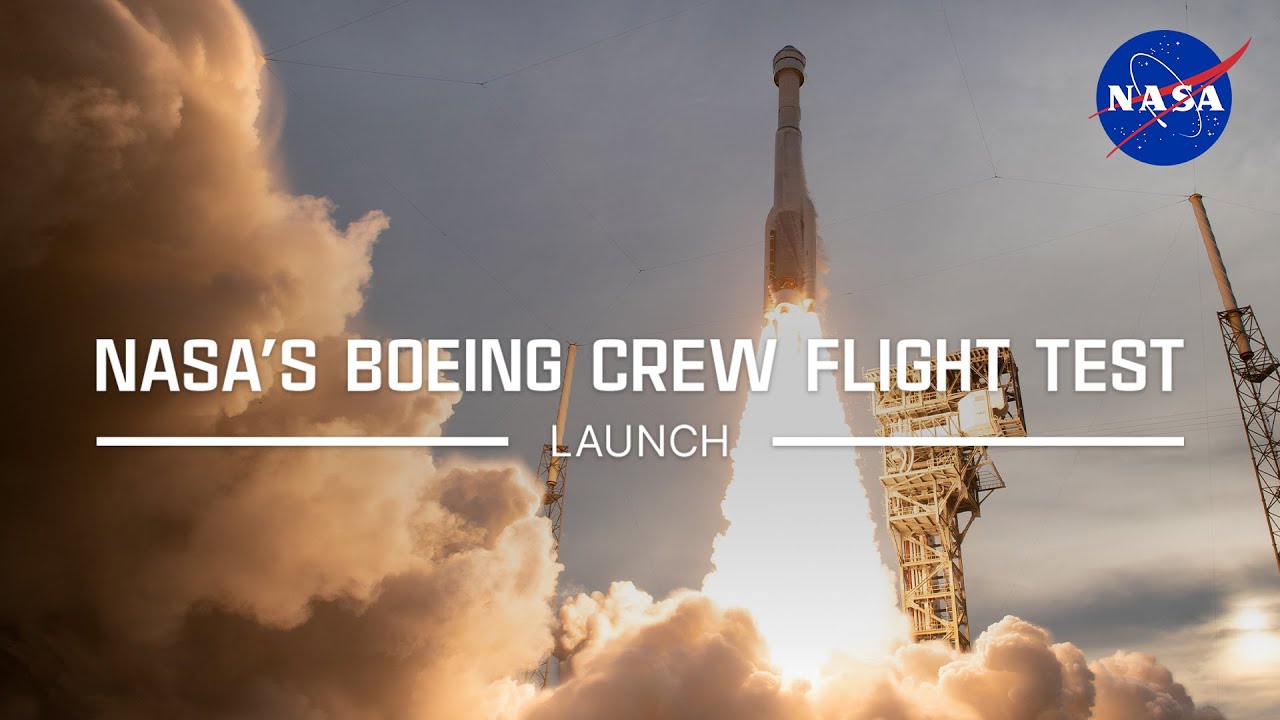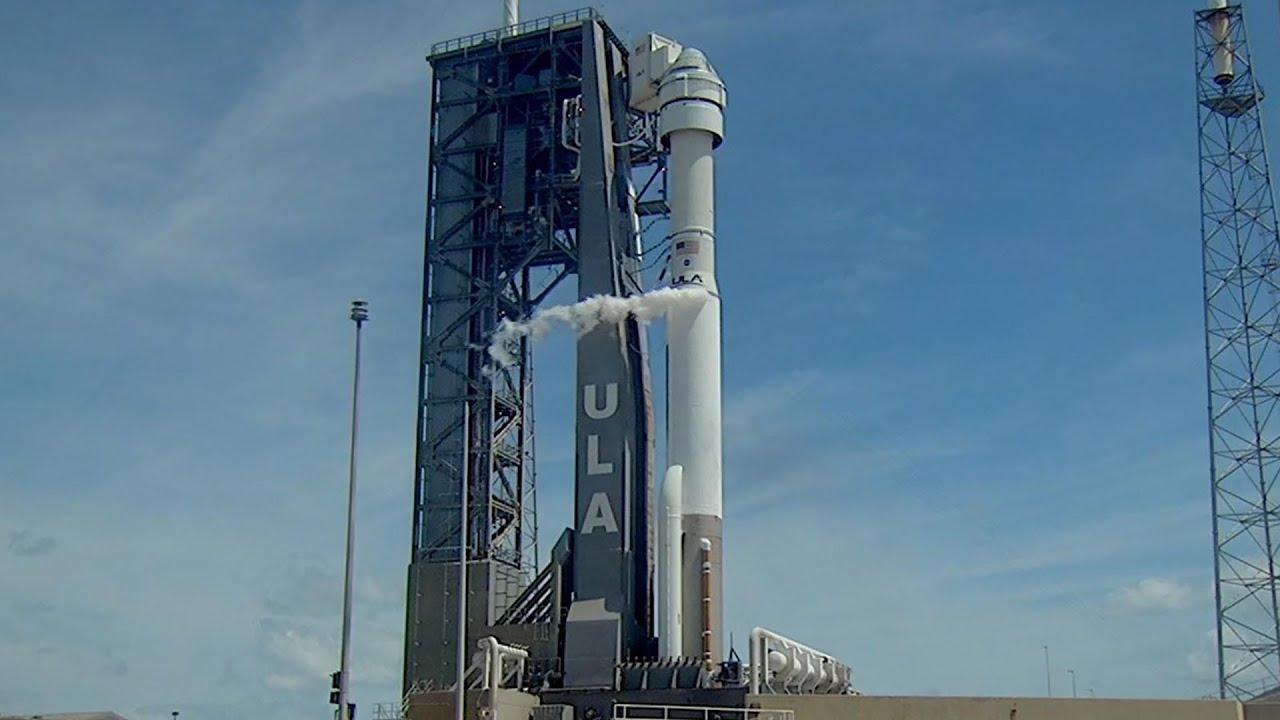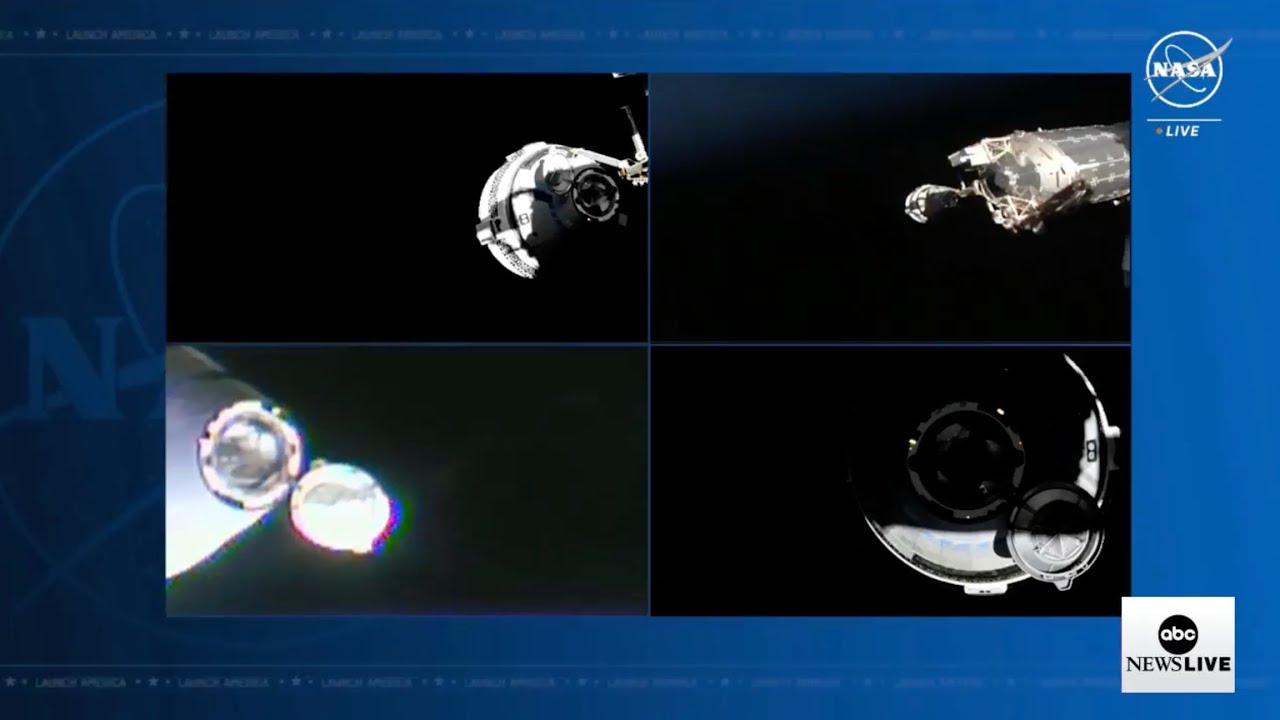Starliner Launch and Docking Coverage

Starliner live stream – The highly anticipated launch and docking of Boeing’s Starliner spacecraft to the International Space Station (ISS) is set to take place in the coming weeks. This historic mission will mark a significant milestone in commercial spaceflight and pave the way for future crewed missions to the ISS and beyond.
Watching the Starliner live stream, one can’t help but be reminded of the critical acclaim for “Acolyte,” a film that has garnered a staggering 98% on Rotten Tomatoes. The similarities between the two are striking, with both showcasing the pinnacle of human ingenuity and the pursuit of the unknown.
As the Starliner ascends, we are filled with the same awe and anticipation that we felt when we witnessed the groundbreaking cinematic achievements of “Acolyte.”
The Starliner spacecraft is scheduled to launch on an Atlas V rocket from Cape Canaveral Space Force Station in Florida. Once in orbit, the spacecraft will rendezvous with the ISS and dock with the Harmony module. The docking process is expected to take place several hours after launch.
The Starliner live stream captured the world’s attention, showcasing the latest advancements in space exploration. However, for those seeking a more in-depth analysis of the acolyte rotten tomatoes, a recent study acolyte rotten tomatoes provides valuable insights. This study delves into the critical reception of the acolyte rotten tomatoes, offering a nuanced understanding of its strengths and weaknesses.
Returning to the Starliner live stream, the event provided a glimpse into the future of space travel, inspiring awe and wonder in equal measure.
Key Milestones and Events
- Launch: The Starliner spacecraft will lift off on an Atlas V rocket from Cape Canaveral Space Force Station in Florida.
- Orbit Insertion: Once in orbit, the Starliner spacecraft will perform a series of maneuvers to insert itself into a stable orbit around Earth.
- Rendezvous with ISS: The Starliner spacecraft will use its propulsion system to rendezvous with the ISS, matching its speed and trajectory.
- Docking: The Starliner spacecraft will dock with the Harmony module on the ISS, creating a seal between the two spacecraft.
- Crew Transfer: Once docked, the Starliner crew will transfer to the ISS, where they will conduct a series of experiments and maintenance tasks.
Live Updates and Commentary
Throughout the mission, mission control and experts will provide live updates and commentary on the progress of the launch, docking, and crew transfer. This coverage will include:
- Live video footage of the launch and docking
- Interviews with mission control personnel and experts
- Analysis of the mission’s progress and significance
Technical Analysis of the Starliner Spacecraft: Starliner Live Stream

The Starliner spacecraft, developed by Boeing, is a reusable spacecraft designed to transport astronauts and cargo to and from low Earth orbit (LEO). It features a unique design and advanced technologies that set it apart from other spacecraft.
The Starliner has a conical capsule shape with a diameter of 4.57 meters (15 feet) and a height of 5.82 meters (19 feet). The capsule is made of a lightweight composite material and is equipped with a heat shield to protect it from the extreme temperatures encountered during re-entry into Earth’s atmosphere.
Propulsion System
The Starliner is powered by a combination of chemical propulsion and electric propulsion. The chemical propulsion system consists of four RS-25 engines that provide thrust for launch and ascent. The electric propulsion system, known as the Starliner Electric Propulsion System (SEPS), is used for orbital maneuvering and attitude control.
Avionics and Communications
The Starliner is equipped with a state-of-the-art avionics system that controls the spacecraft’s navigation, guidance, and control. The system includes a triple-redundant flight computer, an inertial navigation system, and a star tracker.
The spacecraft also has a robust communications system that allows it to communicate with ground control and other spacecraft. The system includes a UHF radio, an S-band radio, and a Ku-band radio.
Challenges and Risks
The development and operation of the Starliner spacecraft pose several challenges and risks. These include the following:
- The spacecraft’s complex design and advanced technologies increase the risk of technical failures.
- The spacecraft’s reliance on chemical propulsion for launch and ascent increases the risk of accidents during these critical phases of the mission.
- The spacecraft’s long duration missions increase the risk of radiation exposure to the crew.
Mission Objectives and Significance

The Starliner mission embarks on a multifaceted scientific and research endeavor, expanding our horizons in space exploration and human spaceflight.
The mission aims to advance our understanding of microgravity’s effects on biological systems, material science, and human physiology. Through comprehensive experiments and data analysis, researchers seek to uncover insights into long-duration space travel and its implications for future crewed missions.
Scientific Objectives
- Investigate the effects of microgravity on cellular and molecular processes, including gene expression, protein synthesis, and cell division.
- Study the impact of microgravity on material properties, such as strength, durability, and conductivity, for improved spacecraft design.
- Assess the physiological and psychological adaptations of astronauts to extended periods in space, informing future mission planning and astronaut health management.
Technological Objectives, Starliner live stream
- Demonstrate the capabilities of the Starliner spacecraft, including its autonomous docking and maneuvering systems.
- Evaluate the performance of new technologies, such as advanced life support systems and radiation shielding, for enhanced astronaut safety and comfort.
- Validate the use of commercial spacecraft for future NASA missions, fostering innovation and reducing costs.
Implications and Applications
The findings from the Starliner mission will have far-reaching implications for space exploration and human spaceflight:
- Enhanced understanding of the challenges and opportunities of long-duration space travel, paving the way for future missions to Mars and beyond.
- Improved spacecraft design and technology, ensuring the safety and efficiency of future human spaceflight endeavors.
- Advancements in materials science and biotechnology, with potential applications in various fields, including medicine, manufacturing, and environmental sustainability.
Starliner’s highly anticipated live stream showcased the latest developments in space exploration. As NASA and Boeing collaborated on the historic Starliner launch here , viewers witnessed the spacecraft’s journey to the International Space Station, a testament to human ingenuity and the pursuit of knowledge beyond Earth’s atmosphere.
The live stream captured the excitement and anticipation surrounding this mission, providing a glimpse into the future of space exploration.
Watching the Starliner live stream, one can’t help but be reminded of Master Indara , the renowned spiritual leader whose teachings emphasize the interconnectedness of all things. Like the Starliner, which has embarked on a journey to the stars, Master Indara guides us on a journey to our own inner depths, reminding us that our potential is limitless.
With bated breath, we watched the Starliner live stream, our hearts pounding with anticipation. The sleek spacecraft soared through the void, carrying the hopes of a nation. Amidst the excitement, whispers of Master Torbin, the renowned astrophysicist and space explorer, reached our ears.
His insights, shared via master torbin , captivated us, illuminating the complexities of space travel. As the Starliner disappeared into the celestial expanse, we couldn’t help but feel a sense of awe and wonder, knowing that the journey we had witnessed would shape the future of space exploration.